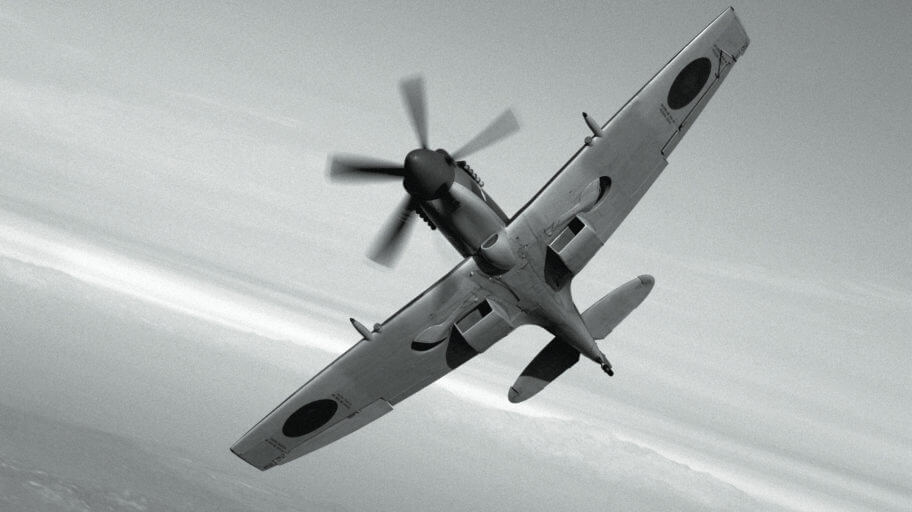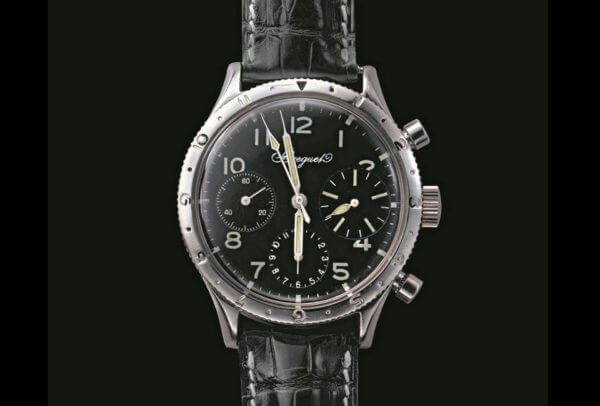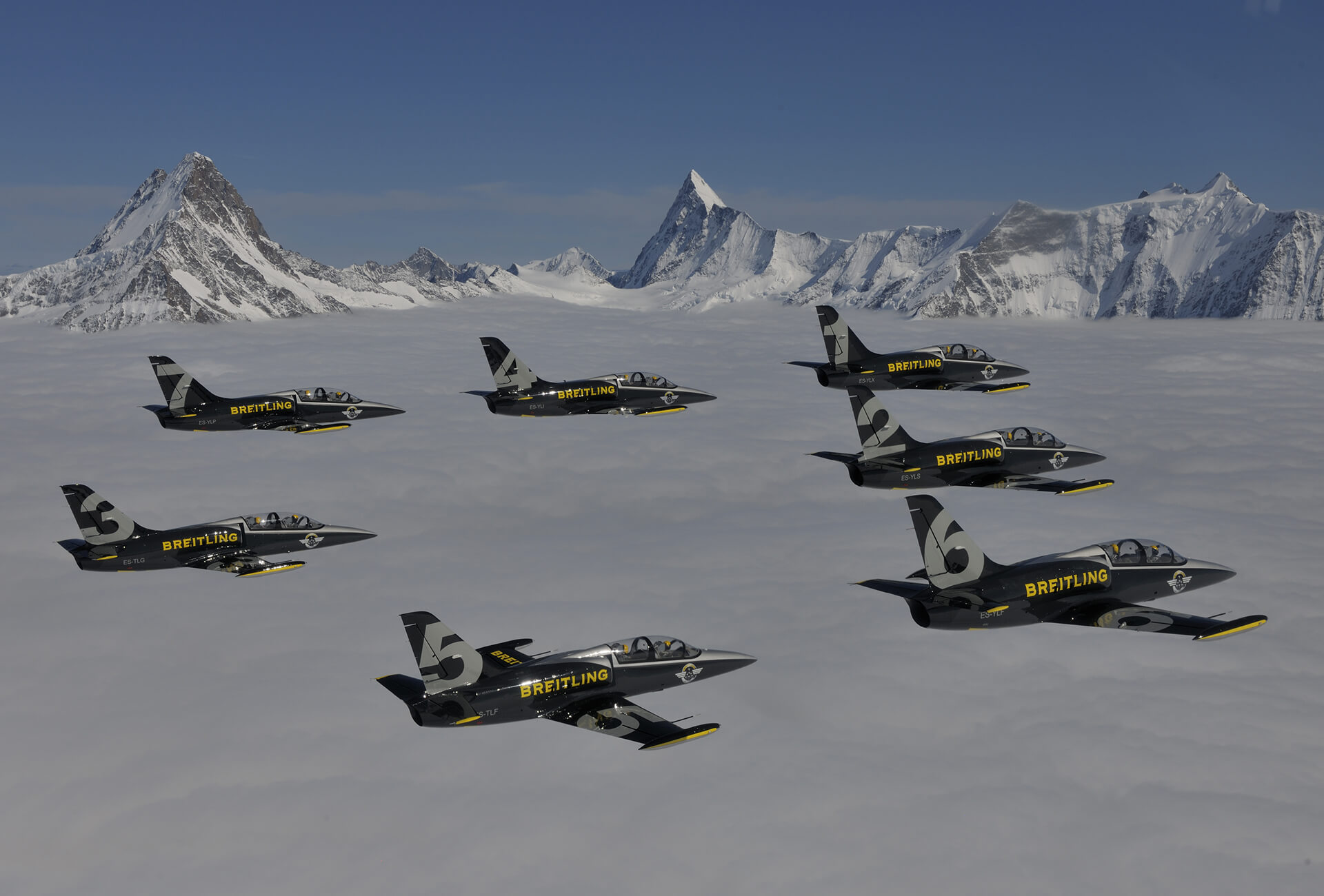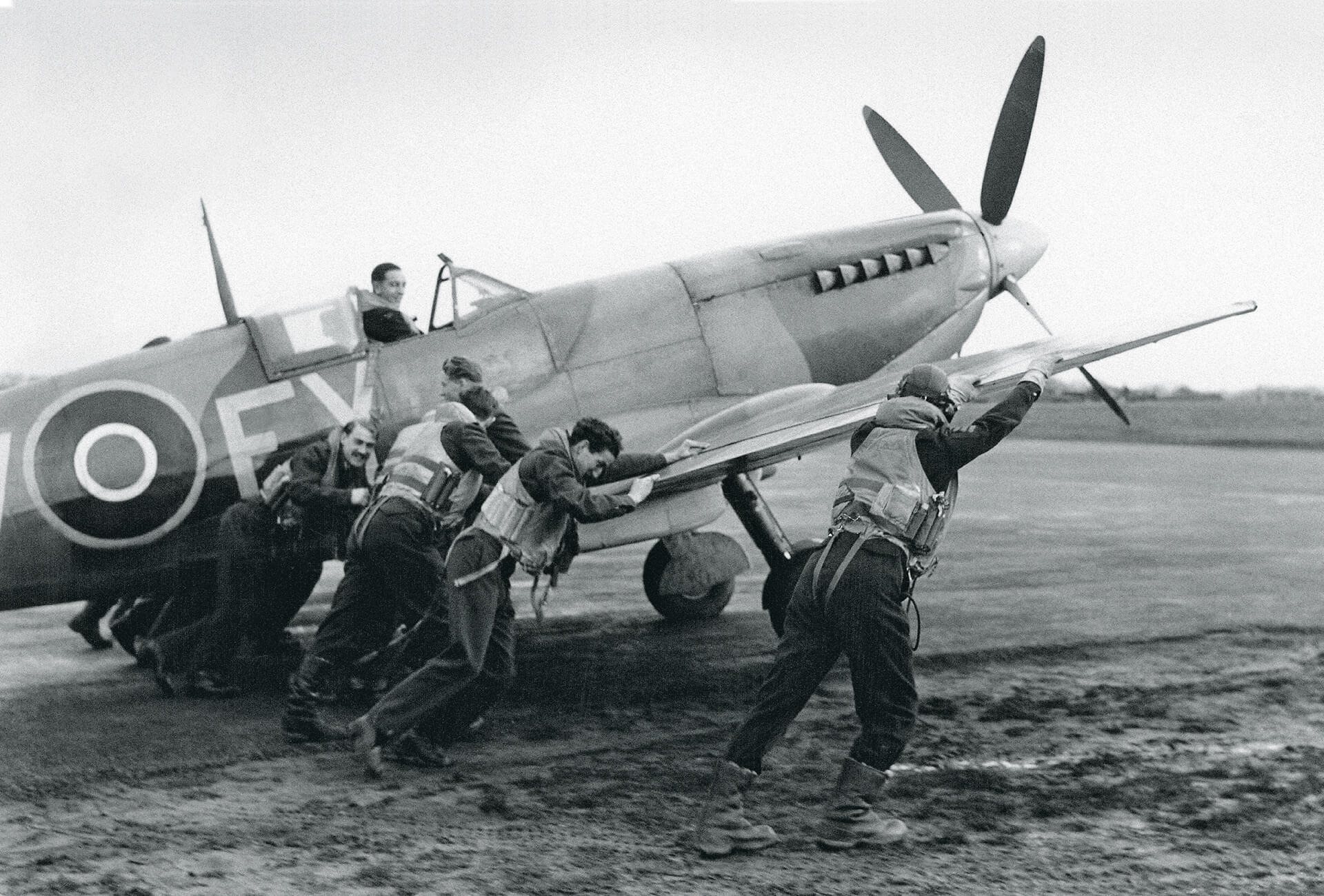As at sea, watchmaking soon proved indispensable to pilots who were expected to guide themselves through an often extreme environment without visible landmarks that could serve as references. Time, correlated with speed and direction, was for many years their only means of locating their position, assisted in this by a chronograph with flyback function.
Long gone are the days of Icarus, when all it took to enjoy a bird’s-eye view of the world was a pair of wax and feather wings. Nature knew our place was on the ground, and brought this first flying human – who had omitted to invent the parachute at the same time as his wings – down to earth with a bump at a speed of 77 metres per second. Following this, further attempts to rub shoulders with the divinities were put on hold for the next two thousand years.

The early days of flight
Spurred on by the success of the Montgolfier brothers’ pioneering manned flights in the latter years of the eighteenth century, watchmakers sent their first chronographs into the airs, their purpose being to time artillery fire and to observe movements of troops. The next generation of adventurers had to wait for the invention of the internal combustion engine in 1884, which rapidly shrank sufficiently in size to power early motorised planes. Clément Ader was first to take off. His flying machine, the Éole, was driven by a steam engine that was far more powerful, and lighter, than the gasoline-powered engine that lifted Orville and Wilbur Wright off the ground in 1903. Even though the plane’s bat-meets-pigeon design proved incompatible with the laws of sustentation, Ader claimed credit as the first person to lift a “heavier than air” craft off the ground. France’s military archives, available for consultation since 1990, reveal that Ader made several secret demonstrations of his flying machine for the army. Sadly, no records exist of which timepiece this extraordinary inventor wore during his experiments, or whether he referred to it. Time was, very probably, of less importance than the distance covered.
This experience together with public enthusiasm, particularly among women, for this new technology was sufficient to encourage other adventurers to set out to conquer the skies. In France, the dapper South American Alberto Santos-Dumont was already a seasoned aerostat pilot when in 1900 he turned his attention to this new form of air transport. Instinct told him that aircraft pilots would be covered in glory and, buoyed by his considerable wealth, in 1904 he built a motorised wood and canvas airplane which he named the Demoiselle. This modern-day dandy may not have been the first to have risen above the earth’s surface, he was nonetheless the first to have understood the importance of having the proper instruments onboard. The dashing Brazilian, who had a table permanently reserved at Maxim’s, did, after all, ask his friend Louis Cartier to devise for him the first ever watch suitable for wear in flight. This request would give rise to the Santos de Cartier, the first pilot’s watch in history and one of the first ever wristwatches.

The role of radio signals
Eager to compete, during the First World War rival brands set about devising watches that could meet pilots’ expectations. Longines took this task particularly to heart. One of its watches timed the young Charles Lindbergh when in 1927 he crossed the Atlantic in a single-engine monoplane. During the same period, the brand worked with US Naval officer P. V. H. Weems to develop a watch that could provide backup for early flight instruments. The watch that Longines produced with Weems’ help, improved upon by Charles Lindbergh to become the “Hour Angle”, served 1930s pilots who determined their position using the time signals transmitted by radio beacons on the ground.
Hour angle technology would be supplanted by radio direction finding; a means of calculating direction and pinpointing a location by triangulation. The point at which the signals emitted by two receivers converge indicates the position of a ship or a plane. This new means of identifying a location in space obliged watchmakers to rethink the instruments that could help pilots and sailors plot their position. Thanks to radiogoniometry combined with a temporal factor – distance correlated with speed gives travel time – pilots were able to use ground-transmitted signals to follow a given course. All that remained was for watchmakers to invent a suitable mechanical timepiece…
















